By Mauriel P. Joslyn
The agent from the American consul followed a Turkish guard through the prisoner compound. It was early 1915, and he had come on behalf of the Red Cross seeking prisoner exchange for the worst cases in this miserable, disease-ridden place. The inmates were mostly British citizens incarcerated once Turkey sided with Germany the summer before. The agent halted outside one of the tents, where a medical officer stood. Opening the flaps, the guard pointed to a gaunt, pale figure lying on a cot. Repulsed by the sight, the agent nonetheless spoke to the feverish, half-starved man, and was met by a pair of flashing, defiant blue eyes.
The doctor declared the man very sick, and a candidate for release through the Red Cross. “Left eye,” said the guard, pointing to his own face and shaking his head. “No good to British Army.” Besides, they were glad to be rid of the troublesome Irishman, who continually rallied the other prisoners’ spirits in defiance of their Turkish captors. Little did they know how thoroughly they had underestimated Edward Mannock’s capabilities.
Mannock was born May 24, 1887, at the British Army barracks in Ballincollig, County Cork, Ireland. His father, Corporal Edward Corringhame Mannock, belonged to the Inniskilling Dragoons. He married Julia O’Sullivan, an Irish girl from Cork. Edward, their third child, proved a sickly youth. While the family was stationed in India, young Edward suffered an infection that left him temporarily blind. He recovered the sight in his right eye, but the left eye remained “completely useless,” its vision murky at best.
This impairment shaped Edward’s life. His mother doted on him, sheltering him from schoolyard roughhousing, and alienating his father’s affections. Edward became sensitive and studious, spending more time with books than at football. But Corporal Mannock became increasingly frustrated; he had no patience with what he perceived as weakness, especially in his own son. Once back in Canterbury, England, in 1899, Mannock deserted his wife and four children, leaving them to fend for themselves. Twelve-year-old Edward and older brother Patrick became the breadwinners, though for all their efforts the family remained in poverty.
But the tall, lanky youth with unruly black hair and piercing blue eyes had ambition. He took on menial jobs with a view to advancing, which he did, to clerking and better pay. He educated himself and joined organizations lively with debate. Being Irish and living in class-conscious England, he developed a unique philosophy, and by 1912 had embraced an aspect of socialism unique to his own perceptions. A fellow pilot later described him as having “the soul of an idealist, one that can endure agonies of mind and body for his ideals, [and] can kill for his beliefs.” That is the perfect summation of Mannock’s life.
Mannock rose to the middle class, achieving a position with the National Telephone Company. He joined a Territorial Unit, the 2nd Home Counties Field Ambulance, Royal Ambulance Medical Corps. Having been raised in Army barracks, he felt comfortable in military surroundings. It reflected a world of order and some equality. But it was part-time soldiering and he soon became bored. He chucked his office job for an outdoor one as a telephone lineman, became known as “Mick,” and worked a couple of years in Wellingborough, Northamptonshire. But the old restlessness seized him. He decided to go abroad and, working his way on a freighter, arrived in Constantinople in February 1914. Looking for employment to sustain him, he read an ad for the English Telephone Company and quickly applied for a job. He went to work laying cable across the uninhabited countryside of Asia Minor.
“I Don’t Want to Nurse Sick and Wounded Huns, I Want to Fight Them”
By summer, Mannock had become dedicated to his job, but the war began and soon Turkey’s allegiance became obvious. The British minister left, German authorities arrived, and Mannock and fellow British workers were imprisoned without explanation. After seven months of harsh confinement, he returned to England. Mannock took with him a hatred of the Germans for the treatment he had both received and witnessed in Turkish prison.
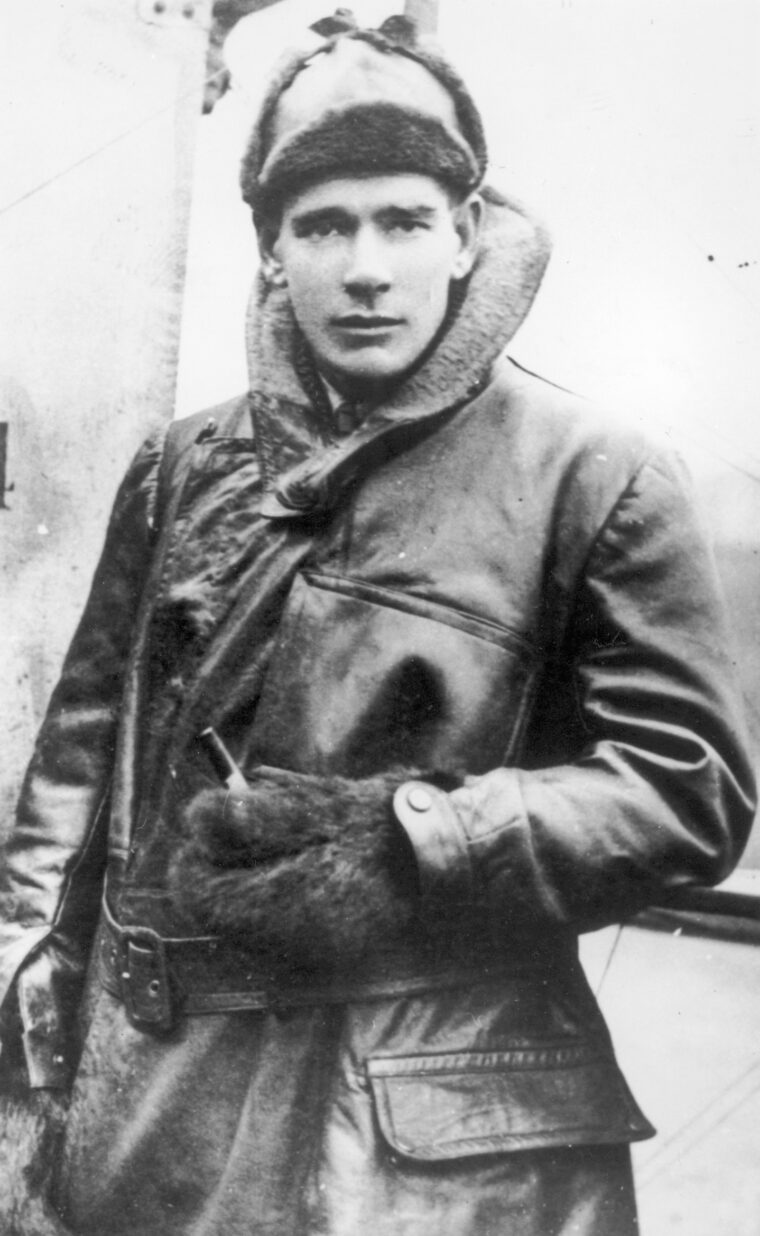
Mannock’s nomadic, civilian work history gave way to a restless military one. First he returned to the RAMC, but did not like treating German wounded. “I don’t want to nurse sick and wounded Huns, I want to fight them,” he said. This prompted his commanding officer to suggest Mannock try the Royal Engineers, where he might obtain a commission based on his civilian telephone company work. This suited him, and he wrote a friend, “I’m going to be a tunneling officer and blow the bastards up. The higher they go and the more pieces that come down, the better!”
Mannock received his lieutenancy in June 1916. But as the Somme offensive got under way he still remained in England, training, scorning fellow soldiers who shied from the Front, disdaining a system that dubbed a person with the proper education “an officer and a gentleman.”
While on leave around this time he met Eric Tompkins, an old friend from his lineman days. Tompkins was in the Royal Flying Corps, and after hearing Mannock grumble about wanting to be in action, he suggested joining the RFC. Mannock pondered the idea. Besides the fact that it would mean a third transfer in less than a year, there was the matter of his bad left eye. He confided this to Tompkins, who remarked with surprise that the eye looked all right to anyone who didn’t know. “Oh, it looks all right,” Mannock acknowledged, “but it isn’t any use.”
The friends parted, but Mannock didn’t stop thinking about the RFC. On returning from leave, he went through the back issues of newspapers he’d missed while away. One name kept recurring out of reports from the Somme offensive: Albert Ball. Only 19 years old, Ball had earned for himself distinction as a hero—the Allied answer to German air superiority. Ball’s exploits captured Mannock’s imagination, especially his style as a “lone flier,” under no supervision. He could not get the image out of his mind for days, and became determined to follow Ball’s example.
His perturbed commanding officer expressed aggravation when the lanky, fresh-faced Mannock asked for another transfer. Yet he knew Mick’s heart was not in the engineers—somehow, he did not “fit in” with the other chaps. Mannock’s wish was granted. In August 1916, as Ball racked up his victories and the RFC posted appallingly high casualty rates, Mannock waited for an interview at Netheravon—with all the odds against him.
Relatively old—29—with poor vision, and never having even seen the cockpit of an airplane, of the three potential obstacles, only his eyesight worried him. With his customary stubbornness, he decided he must find a way around the exam. He reported to the medical officer and found he had arrived ahead of the doctor. He took the opportunity to memorize the eye chart, and when asked to read it, he did so with his right eye, and recited it perfectly for his left. The officer only noted he was a bit tall at 6’1”, but he would do. Mannock was in.
The RFC in 1916 was still considered experimental, a military novelty. While Albert Ball’s ability provided morale-boosting exploits for the reading public, military minds did not believe the airplane a serious offensive weapon. Its primary use was reconnaissance and a small amount of bombing. Its single-seat fighters merely served as “Scouts”—much like the cavalry—in fact, commanders preferred pilots from a horsemanship background. Just coming into their own as the first fighters, these Scout pilots occasionally went one-on-one with a German equivalent.
Such was the environment Mannock entered. What appealed most to him was the egalitarian camaraderie. The RFC reflected a hodgepodge of nationality, background, and arm of service. The common factor was the “man drawn to flying.” He must have a particular spirit to attract him to such risky new technology. Compared to the regular service, there was a laxity to the RFC. It proved a haven for individualists.
In early 1917, at gunnery school, Mannock met instructor Lieutenant James B. McCudden. Another Irish “Army brat” from working-class origins, former mechanic McCudden had proven himself in combat by earning a Military Cross, Military Medal, and the Croix de Guerre, though Ball still led Allied victories. Ten years Mannock’s junior, the two developed an immediate rapport. McCudden considered Mannock “a typical example of the impetuous young Irishman. I always thought he was the type to do or die.” Mannock finally had a chance to discuss air-war strategy with someone who had been there.
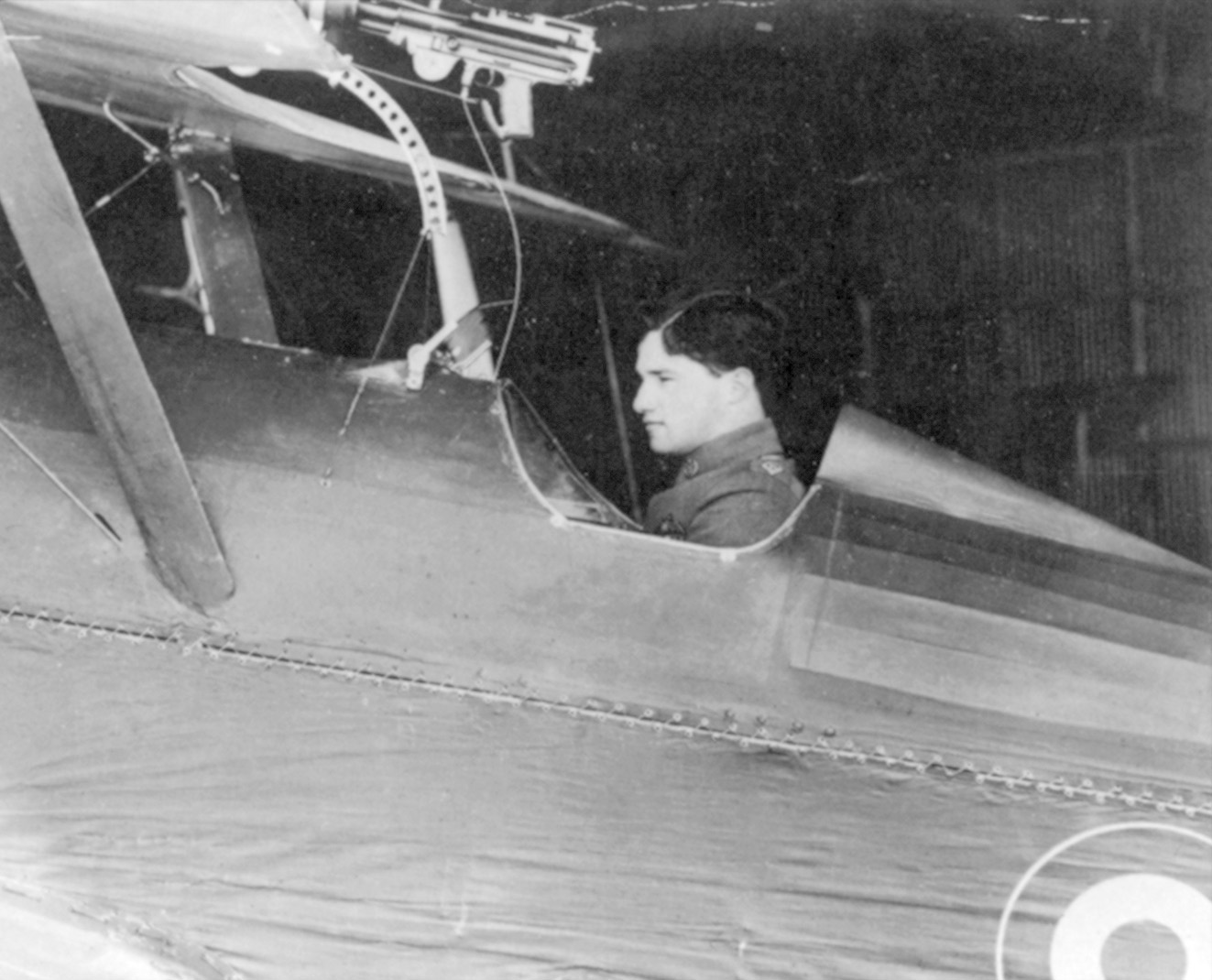
Learning the Art of Combat Flying
In “Bloody April” 1917, Mannock joined No. 40 Squadron at Bruay, France. It was a difficult period for the RFC, compounding Mannock’s integration into the squadron. His “C” Flight commander Captain J. Todd described Mannock as “a highly-strung pedigree horse at the starting post.” Most of the experienced pilots disliked newcomers. Even flying regularly, Mannock had yet to master the art of aerial combat, where coordination, quick reflexes, and cool thinking must prevail for survival. His vision further complicated his situation. Once, upon returning from an early patrol, he climbed out of his machine, trembling. “I had the wind up, I don’t mind admitting,” he confided to his diary. “Now I can understand what a tremendous strain to the nervous system flying is.”
Full of self-doubt, he often hung back on patrol, practicing with his guns but not engaging enemy aircraft. Fellow pilots mistook this lack of confidence for something else. Soon rumors of cowardice made the rounds, further detaching him from his younger colleagues. But his philosophy took hold and he decided that “it isn’t the school or the university, nor who your father is that matters. It’s what you’ve got in your head and your guts.” He became more determined than ever to fight for acceptance.
As Bloody April closed and the casualty lists concluded with 207 dead British pilots, any chivalry Mannock possessed did not encompass Germans. Wrote a fellow pilot: “Behind Mannock’s frank contempt of the Germans, lay a deeper instinct of distrust and hatred of the aggressive bullying, militaristic spirit of Prussianism. [Mick] hated all reactionism and anything savouring of red tape, officialdom and restraint of freedom.” Mannock seemed to see German culture with its precision-like fighting as an inhuman weapon, a system that put machine above man.
Two young pilots arrived at No. 40 Squadron, George McElroy and William MacLanachan, whom Mannock quickly dubbed “McIrish” and “McScotch.” A strong friendship with MacLanachan started the first day, when the young Scot arrived and quickly enraged his flight commander by nearly crashing a Nieuport while stunting. As everyone else angrily chastised MacLanachan, his eyes fell on Mannock’s ruggedly handsome features. Mannock reassured him in a subtle Irish accent that he had only frightened the others. “We don’t like watching fellows kill themselves,” he added mirthfully. Mannock recognized something in MacLanachan and took the youngster under his wing. This “big brother” role came to characterize Mannock. Beneath the stubborn exterior lay a sensitive nature that few saw.
Mannock tried to cover his lack of confidence with bravado, becoming known for carrying a loaded revolver in the cockpit. He used it on a German once when his guns jammed. Fellow pilots thought it “colorful,” but Mannock confided the truth to “McScotch”: He had a premonition of being shot down in flames and the thought terrified him. “The reason I bought [the revolver] was to finish myself as soon as I see the first sign of flames.”
He scored his first victory—a balloon—on May 7. It wasn’t the same as a Fokker or Albatros, but it did boost his confidence. The day was marked with sadness, however. Upon returning to the mess Mannock learned that his hero, Albert Ball, had been killed.
Birth of “The Mad Irishman”
Mannock became more aggressive in combat once he learned how to tell enemy planes from friendly ones, but he had yet to get a confirmed kill of a German aircraft. Was it his shooting? One day the opportunity arose to find out. On July 12 he brought down a German DFW on the British side of the lines. Anxious to see the damage, he went immediately to the crash site. His success spawned unexpected emotions. Later in his room, he confided to McScotch how it “sickened” him, “but I wanted to see where my shots had gone. Luckily my first few shots killed the pilot and wounded the observer … I felt exactly like a murderer.” Three neat bullet holes through the pilot’s temple confirmed Mannock’s marksmanship.
Mick Mannock became known around the squadron as “The Mad Irishman.” This did not keep him from winning a Military Cross. In addition, he was promoted to captain and given a temporary flight command. His observations on aerial flying began to change the way No. 40 Squadron operated. The German Jastas had begun to fight in packs. As a flight commander, Mick realized the courageous and romantic “lone flier” was no match for this concentrated strength. The British squadrons must become a better “team.” He turned his attention to two matters: first to make squadron morale a priority, and second, to insist pilots never leave a fellow pilot in trouble. Mick had endeared himself to his squadron with his wry wit and sentimental violin playing. Now he would win their respect and trust with his leadership.
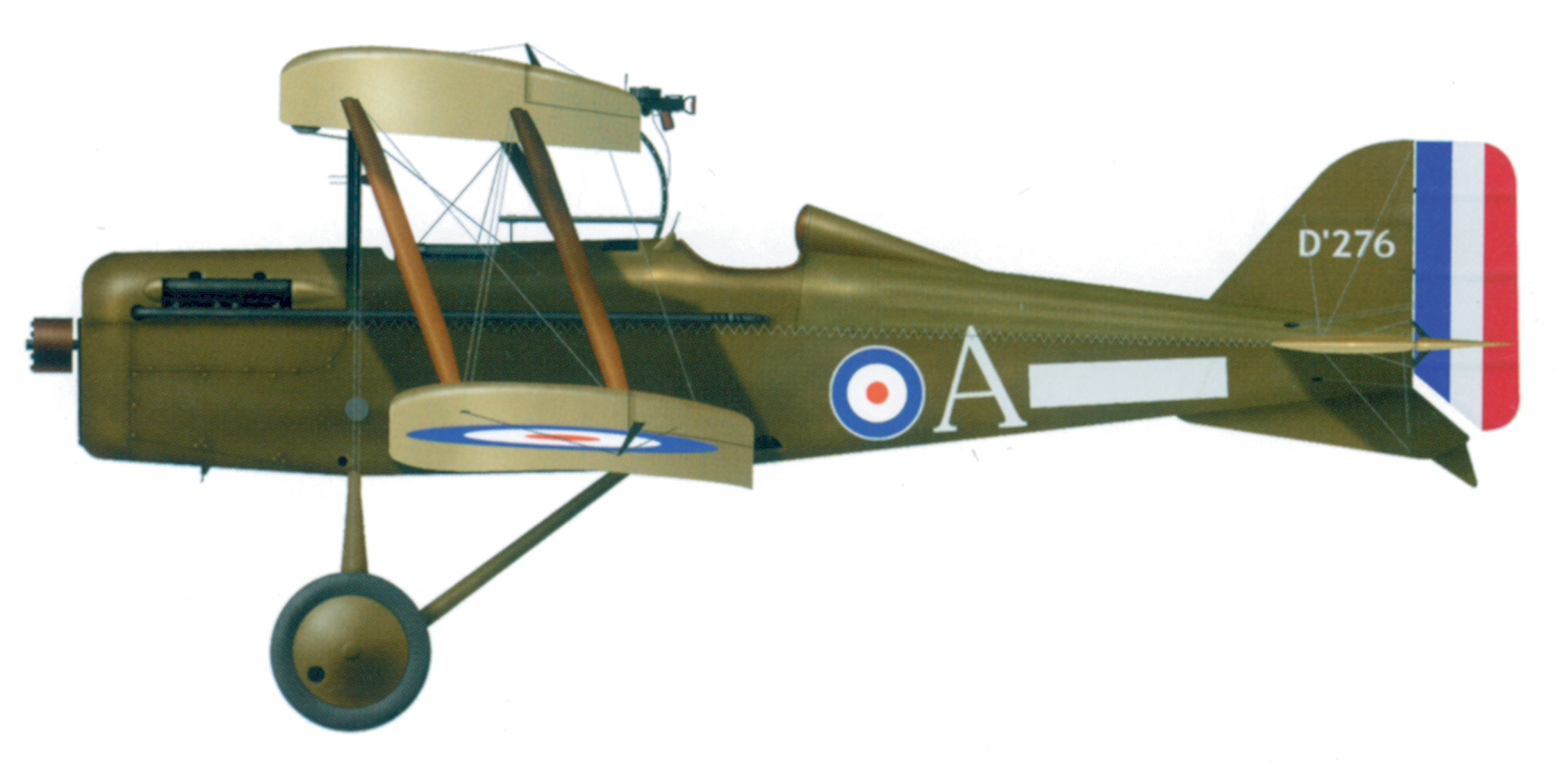
He spent more time working out tactics. Whereas individualists like Ball and Billy Bishop had a flare for lone stalking, MacLanachan noted Mannock “planned every maneuver like a chess player.” He took into account that most of the casualties in the squadron were youngsters—novices often killed on their first or second patrol. Only proper training could turn this around. Mick began a mentor system for training, teaming a novice with one of the more experienced pilots on missions. He himself always took a novice up. This evolved into his often setting up a German airplane as a “kill” and letting the younger pilot “finish” the job. It taught his new charge in a one-on-one fashion and the novice’s claim of a plane shot down did wonders for his confidence. Even after the novices joined the regular missions, Mick would often fly unobserved above them, as a “fairy godmother” in case they got into trouble.
Mannock devised a tight formation attack to replace the often straggling way flights carried out fights, forbidding any pilot cutting away from formation to hunt on his own. By September 1917, his flight proved a force to be reckoned with, and scores rose. But something else happened. It revealed a most unlikely facet of Mannock’s character—that of teacher. General Hugh Trenchard, overall RFC commander, recognized this penchant for leadership. Mick returned to England as an instructor and for a much-needed rest.
But Mannock’s heart and spirit were at the Front. In January 1918, he returned to France as flight commander of No. 74 Squadron, flying SE5s, which he thought unsafe owing to engine failures. Nevertheless, he claimed a further 36 victories, and on May 24 he received the Distinguished Service Order, followed by a bar only two weeks later. On June 18, he received a promotion to major, and was given command of No. 85 Squadron.
“Mick Goes Down on His Prey Like a Hawk.”
It became an extremely efficient command. Mick’s style intrigued his admirers. “Grid” Caldwell, who emerged as an ace himself, wrote that “his successes were largely due to his tactical approach … and his extraordinarily fine deflection shooting.” Most pilots tried to get behind an enemy for an easier shot. Mannock hit him at an angle, in a blind spot. He usually led his flight into enemy territory high, at 19,000 feet, and attacked from above and toward the lines, taking his target by surprise.
Mannock’s scores rose and rose. His dictum became: “Always above; seldom on the same level; never underneath.” Although sometimes he broke his own rules, one of his star pupils and close friend, Lieutenant H.E. Dolan, witnessed this maxim firsthand, as quoted in James M. Dudgeon’s biography: “Mick goes down on his prey like a hawk. The Huns don’t know what’s hit them until it’s too late to do anything but go down in bits. He goes down vertically at a frightening speed and pulls out at the last moment. He opens fire when only yards away and then ‘zooms’ up over the Hun and turns back for another crack at the target if necessary. I saw him attack a two-seater that way and could see how confused the Hun pilot was. He didn’t know where Mick was or where he would appear next. After opening fire, he half rolled over the top of the Hun and dived down underneath him. While the Hun was trying to locate him, Mick appeared behind and below and tore the E[nemy] A[ircraft] to shreds.
Although the danger continued to increase, Mannock took fresh recruits under his wing. On July 26, 1918, while leading New Zealand pilot Lieutenant Donald Inglis on a “blooding” mission, Mannock dove his SE5 on an LVG he was setting up for Inglis. Mannock’s plane was hit by German ground fire. He pulled out of his dive, but the engine began spewing flames. Inglis watched in horror as Mannock’s plane crashed. Himself hit by antiaircraft fire, Inglis was forced down behind British lines, and reported the crash. Mannock’s squadron listened dumbfounded, pondering that his premonition had come true. Some hoped Mick had time to use his revolver as he had vowed.
Mick Mannock, the “Mad Irishman,” was dead at 31. He was the highest scoring British ace of two world wars with 73 (sometimes listed as 61) victories. He survived his idol Ball by just over a year, his nemesis Manfred Von Richthofen by three months, and his old instructor McCudden by two weeks.
Remarkably, his grave is uncertain. Germans recovered Mannock’s body and sent his identity disk back to Britain through the Red Cross. Likely his grave was disturbed during the frenzy of the war and his body moved, but without the benefit of his identity disk. Some believe—but are not certain—that the remains of Britain’s greatest air ace lie beneath a stone at the British cemetery at Laventi, France, marked only “Unknown British Airman.”
Mannock left behind a grieving Irish nurse he had hoped to marry, and an enduring legacy—the future RAF employed and perfected Mannock’s combat methods, which they used to defeat the Luftwaffe two decades later.
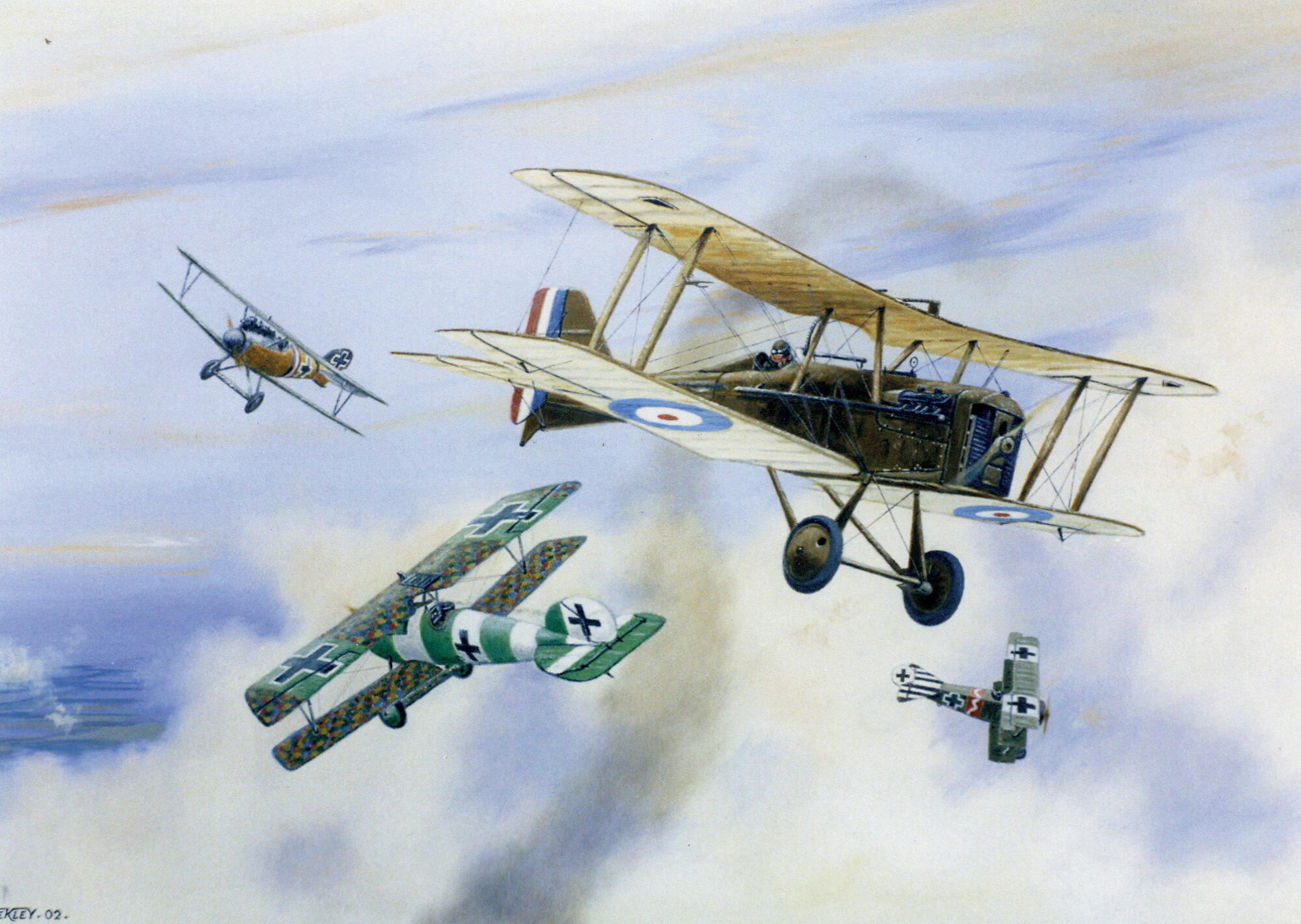
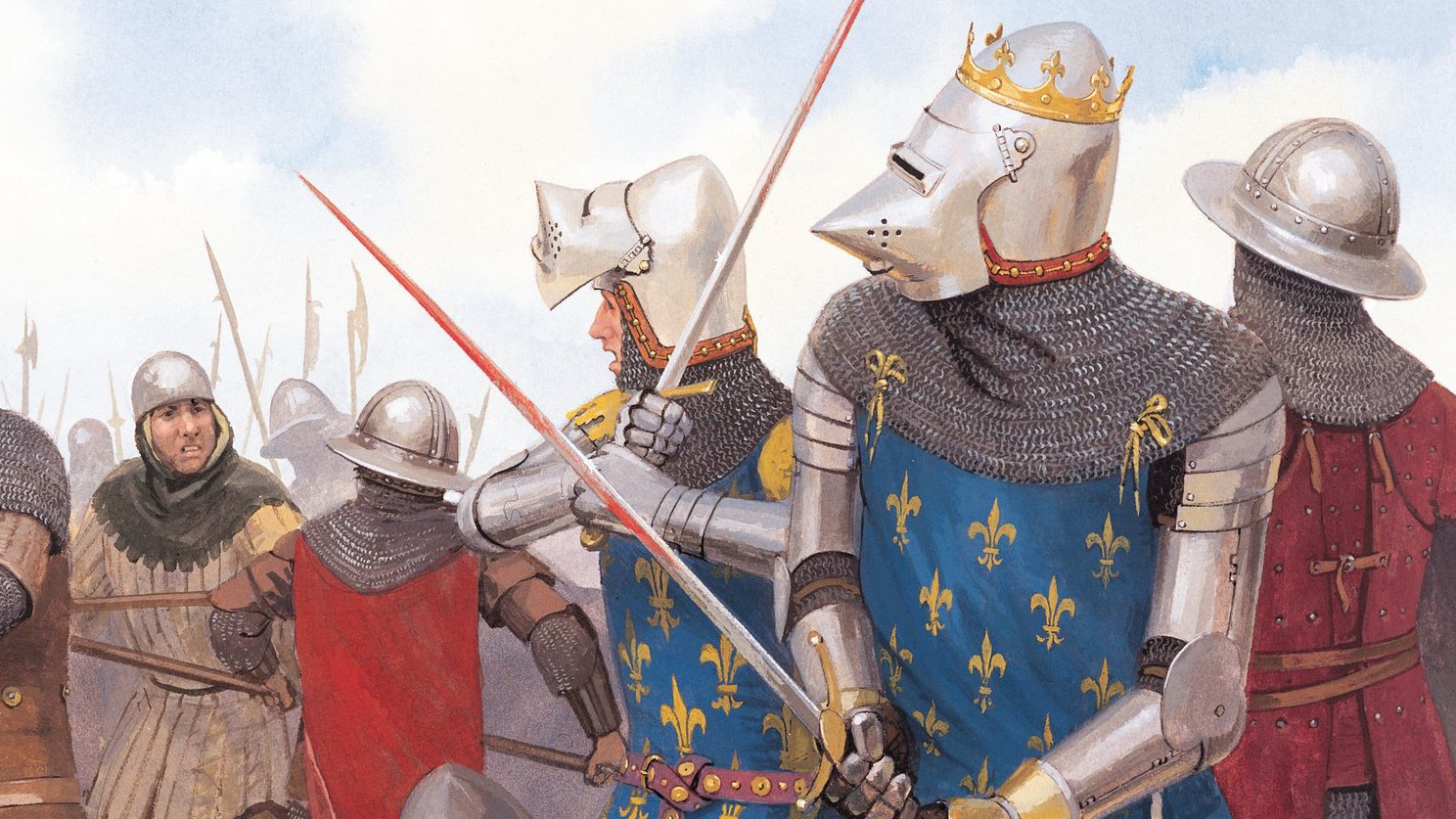
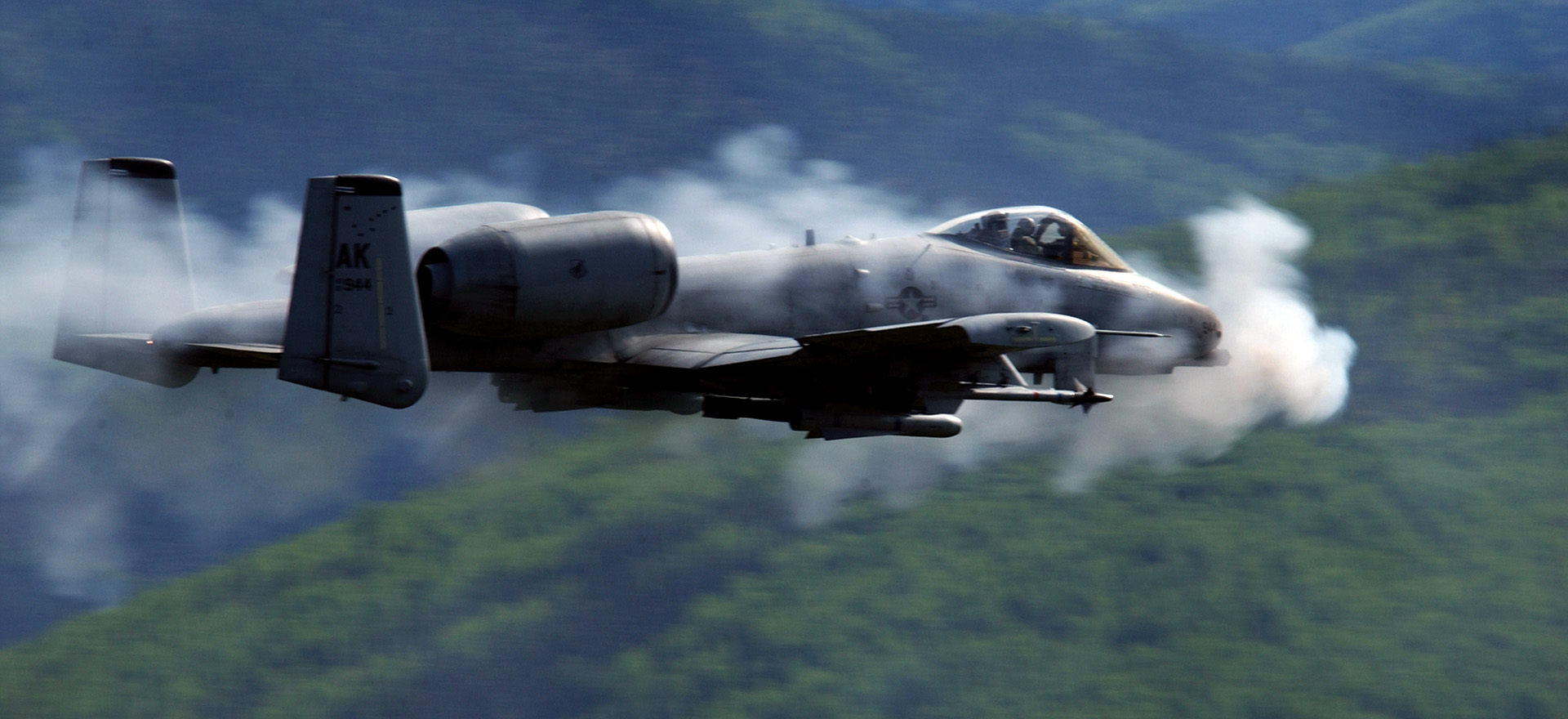
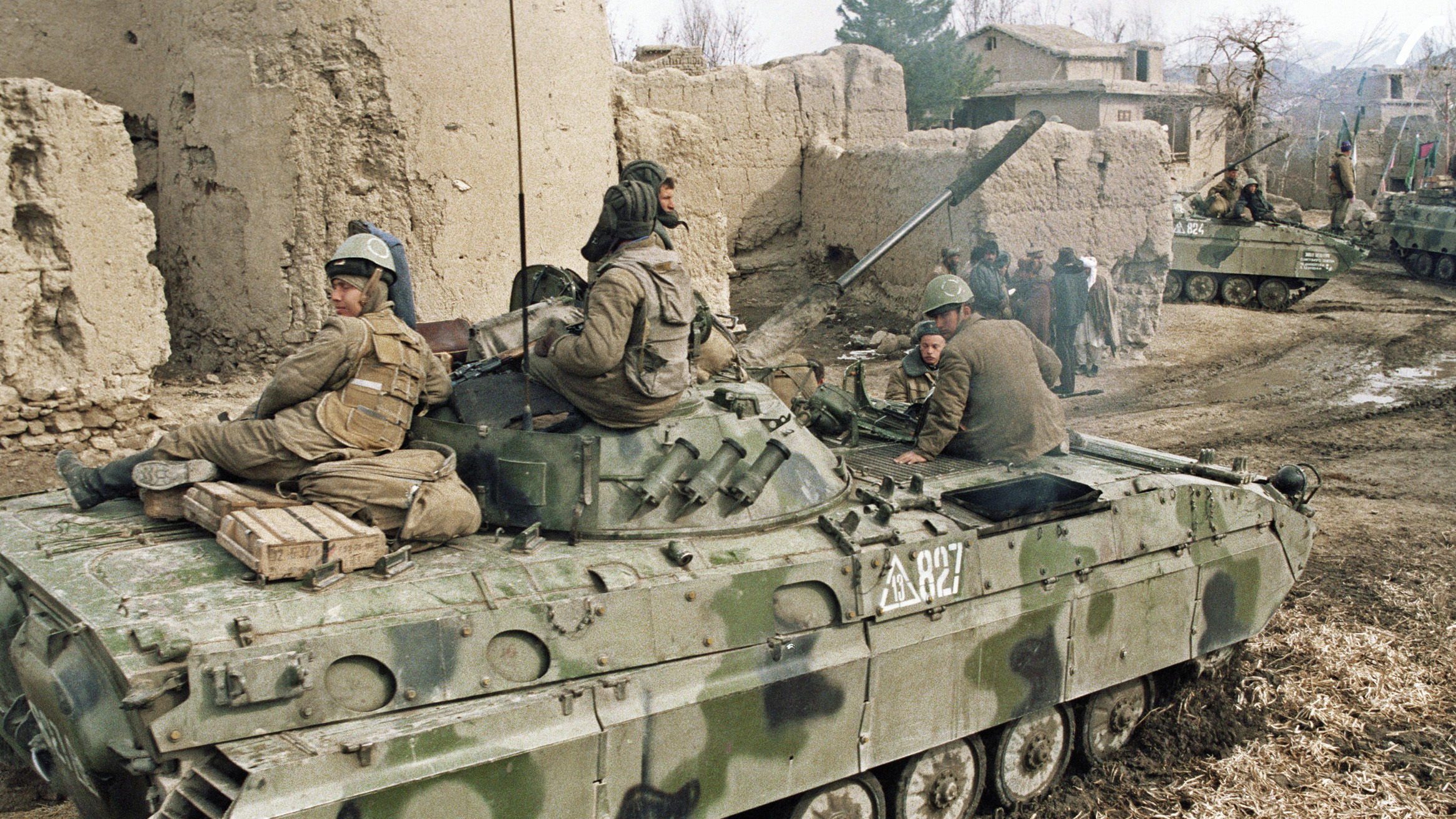
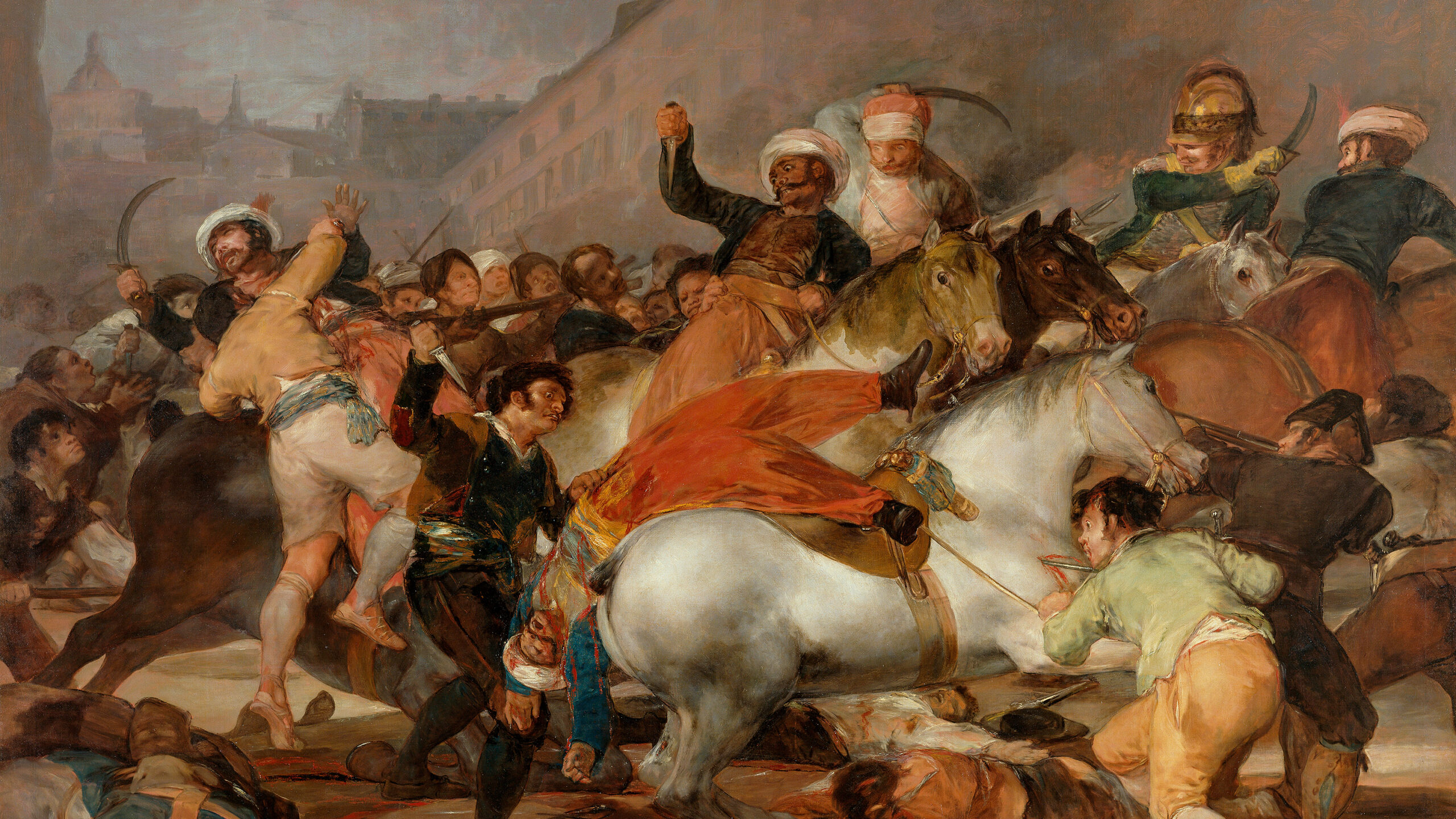
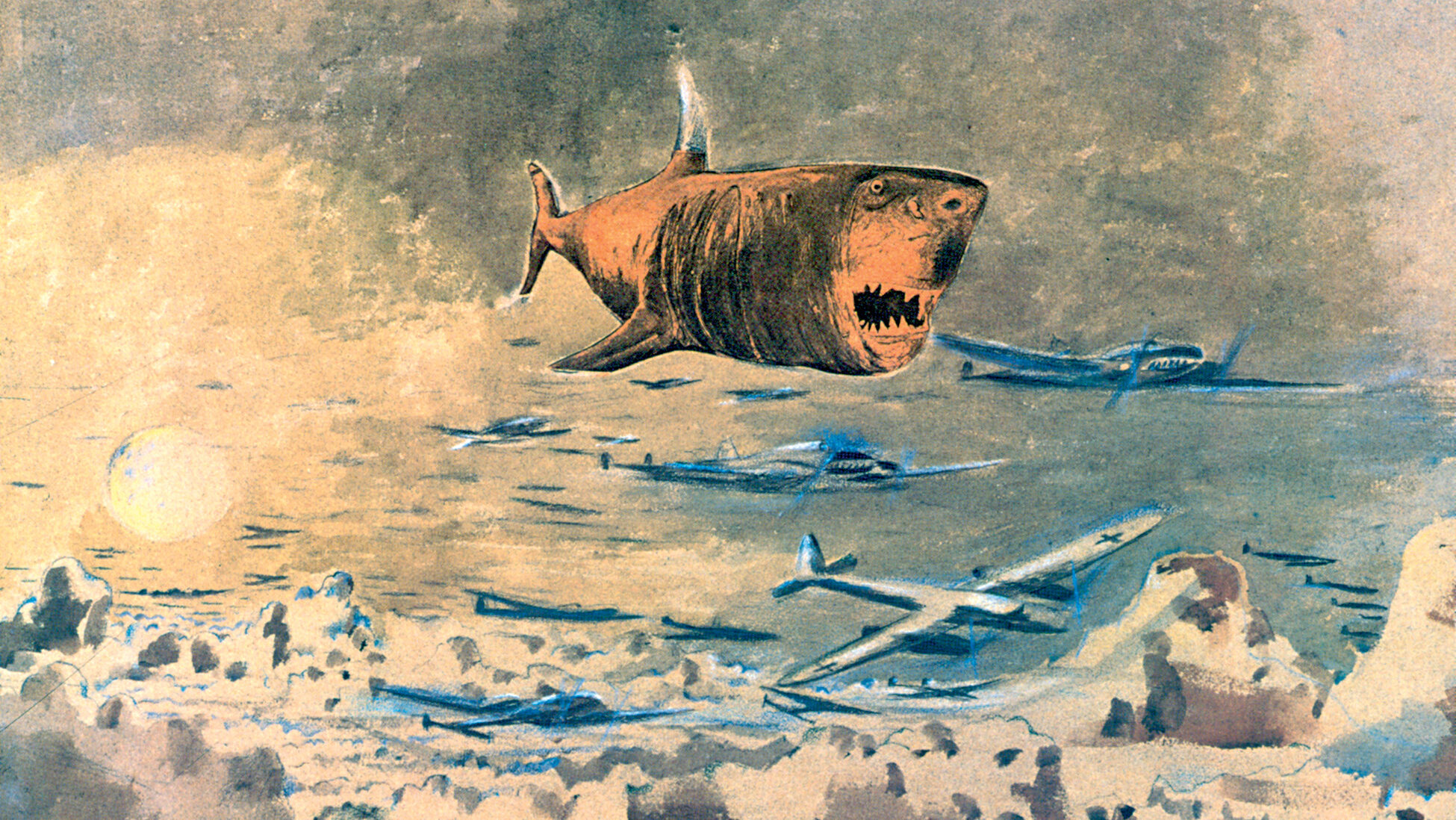
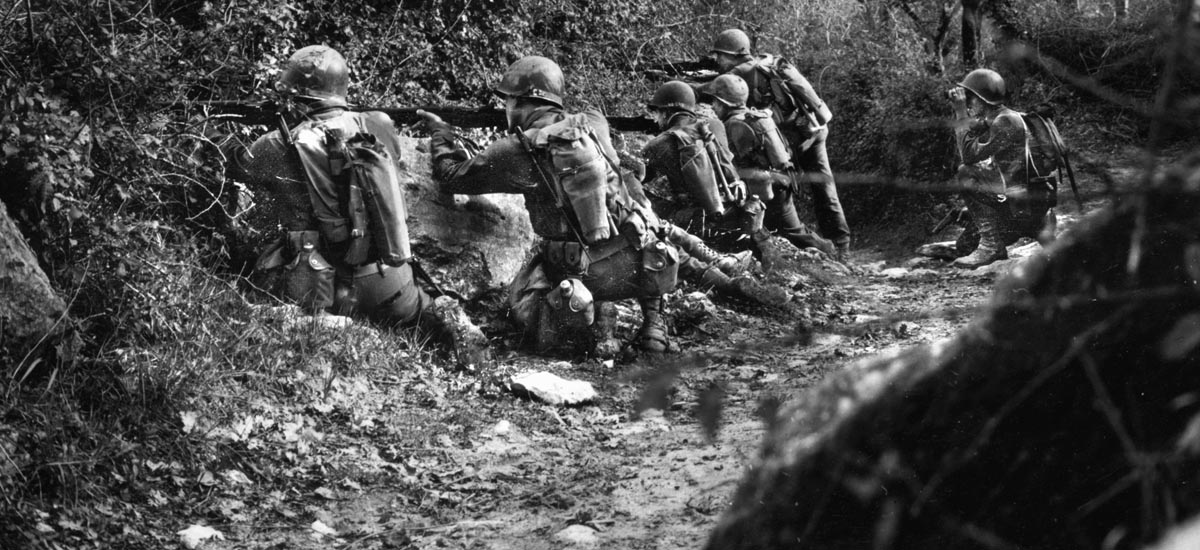
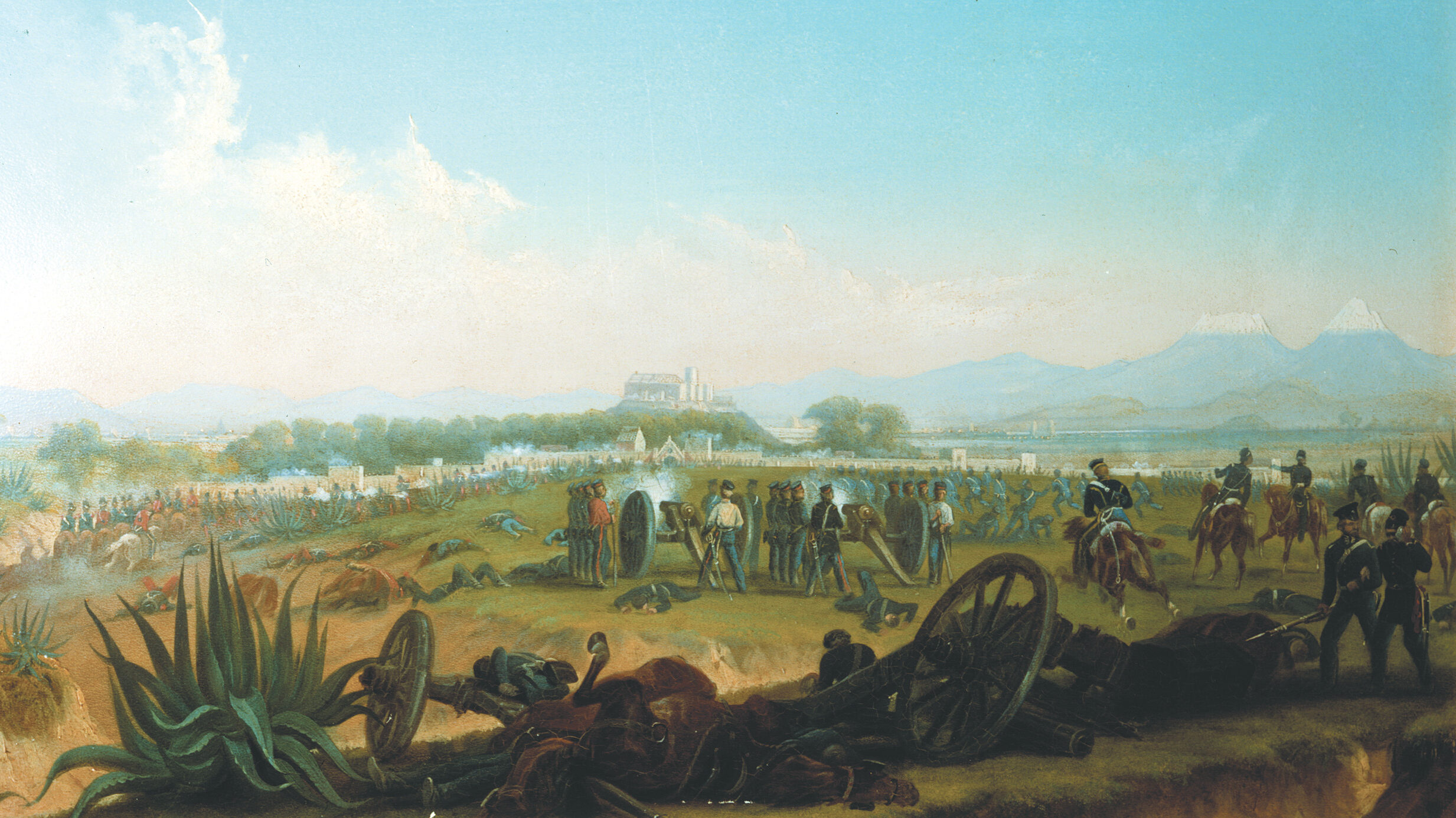
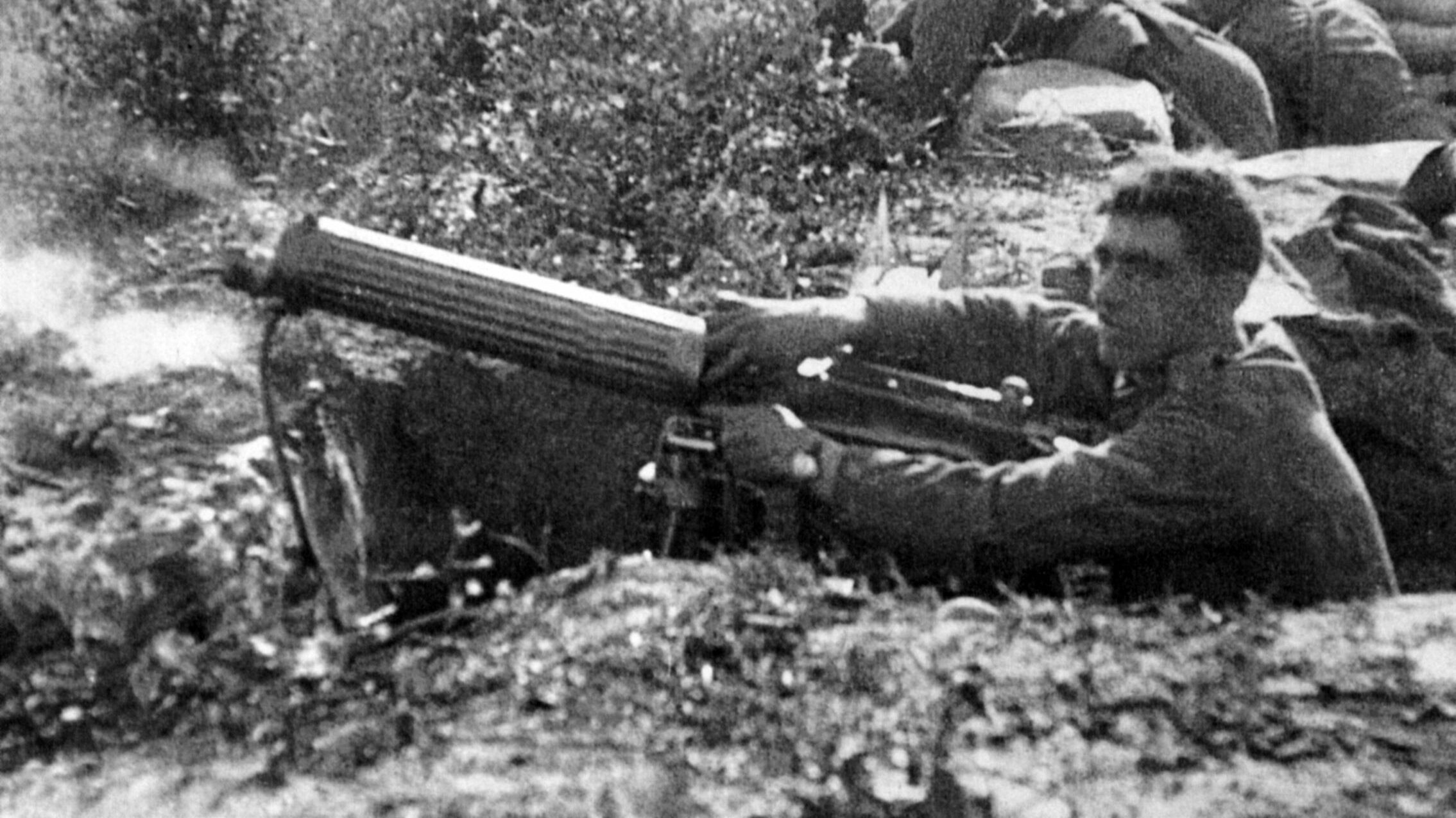
Very interesting, a true hero!